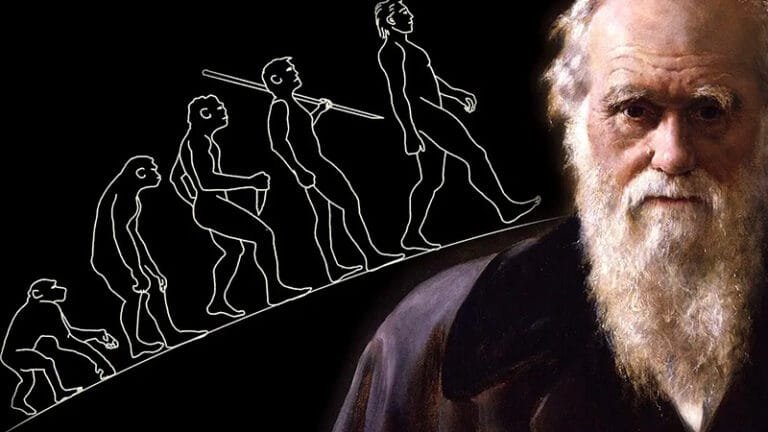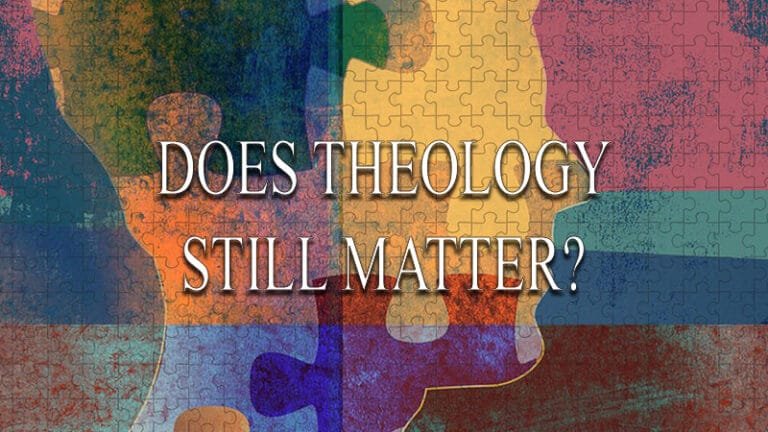The Theology of the Jesus Revolution

In discussing a post-Reformation settlement, one model that often arises is the Jesus Revolution. Although many people criticize this movement as being theologically shallow, in fact the Jesus Revolution has resulted in numerous theological and practical changes over the past 50 years, though many have gone unremarked. Among these are a focus on Christ, the Holy Spirit, spiritual fruit, worship, and outreach while deconstructing stilted and often lifeless church services.
The Jesus Revolution was a popular religious movement that started in the late 1960s and ran until the early 1980s. David Wilkerson claimed that it started with the conversion of gangs in New York in the late 1950s; some claim Calvary Chapel of Costa Mesa, California, started the movement in 1965, but in fact there were numerous eruptions of Jesus-oriented churches and social movements throughout the nation. Most mark its end in the late 1970s, but the Charismatic movement of the 1980s was a direct outgrowth of the Jesus Revolution. Some even include later movements such as the Brownsville Revival.
Whatever the dates, the Jesus Revolution was a massive change in Christian practice and theology. We tend to forget the state of churches prior to this time. Most were marked by strict dress codes, highly structured services, slow and complicated hymns, hellfire and brimstone sermons, and lots of hypocrisy. Some believe the Jesus Revolution a superficial social movement because of the glib marketing slogans on buttons and bumper stickers, pop groups singing about Jesus, and vague spiritualism. When we look deeper, however, we find there were strong theological values, even when not embraced by popular elements.
Jesus central. A lot of people see the Jesus Revolution portrayal of Jesus as simply a popular caricature of peace and love. While sometimes true, what’s important to note is the importance placed on Jesus compared to other religious figures that were growing in popularity at the time. It was quite reactionary. Such portrayals are completely consistent with the Solus Christus of Protestantism. In fact, unlike many churches that claim Christ alone and yet often place doctrine ahead of Christ, the Jesus Revolution actually meant it.
Spirit led. Many participants of the Jesus Revolution sought greater spiritual experience through the baptism of the Holy Spirit. It was, in effect, the spreading of Pentecostalism beyond denominational walls to Anglicans, Catholics, Baptists, and others. The Charismatic Renewal and growth of nondenominational churches were a direct result of the Jesus Revolution. It was also the spiritual genesis of later revivals, which only became possible because of the spread of Pentecostal experience. The result has been much wider acceptance of Pentecostal pneumatology across all Christian denominations.
Focus on fruits. While many have described the Jesus Revolution as focused mainly on spiritual experiences rather than doctrine, it is more accurate to say that it focused more on fruit of the spirit (Gal. 5:22-23) as a sign of genuine faith. What does it matter if your doctrine is sound but you lack love, peace, and joy? It was a return to the roots of the teachings of Jesus that love is the primary sign of being a disciple. Although some point to continued drug use among some Jesus People as evidence that they were not sanctified, in fact there was a heavy emphasis on testimonials about people quitting sex and drugs.
Entering worship. The best-known characteristic of the Jesus Revolution was using modern music and worship to enter God’s presence. Jesus music emphasized simple, easily remembered songs accessible to amateurs. The biggest complaint is that these songs lack the doctrinal instruction that hymns did, but in fact we find teachings on atonement, eschatology, salvation, and other topics in Jesus music. Moreover, the focus on worship led to structural changes in services with lengthier worship time rather than songs spread throughout a service. These songs and methods eventually led most denominations to adopt “contemporary” services.
Reaching the poor. There was a greater focus on evangelism during this time than had occurred since the Second Great Awakening. This was the case even in traditional churches and evangelists such as Billy Graham, who often spoke to and positively about Jesus People. Many soup-kitchen, coffee-house, and street-preaching ministries started during this time that are still active today. There were even Christian communes. Although more liberal elements focused more on a social gospel, many of these salvation and spiritual experiences led to lasting conversions.
Changing the church. One of the major results of the Jesus Revolution was a shift in ecclesiology as churches modernized liturgy and practice, if not organization. Some of this was the result of making new converts feel welcome. Since most Jesus People were former hippies, many were poor or outcast. Many churches were from traditional and affluent neighborhoods where everyone wore suits and dresses, where no homeless person would feel comfortable. As Larry Norman once quipped, “Church is middle class.” The Jesus Revolution resulted in less formality. Many churches dispensed with pews, stained glass, and silver offering plates while adding more modern worship and sermons. Even many pastors wear casual clothes on Sunday.
The Jesus Revolution resulted in many changes to American Christianity. While there were no major changes to doctrine in terms of belief in the Trinity, the divinity of Christ, or belief in the Bible, there was a change in emphasis and intensity. People were more focused on Christ, Pentecostal experiences, entering God’s presence through worship, changed lives, and a less formal liturgy. The repercussions of the Jesus Revolution continue to spread as churches work through the changes that have resulted.
Most would certainly characterize the Jesus Revolution as a revival or awakening, but the widespread changes in worship and liturgy suggest the changes were deeper and longer lasting. While some churches will maintain their traditions, as the Catholic Church did after the Reformation, in some ways Christianity can never go back to the way things were because society itself has changed. Yet the Jesus Revolution was more than mere modernization; it was a comprehensive realignment of spiritual priorities and understanding that changed the modern church.






